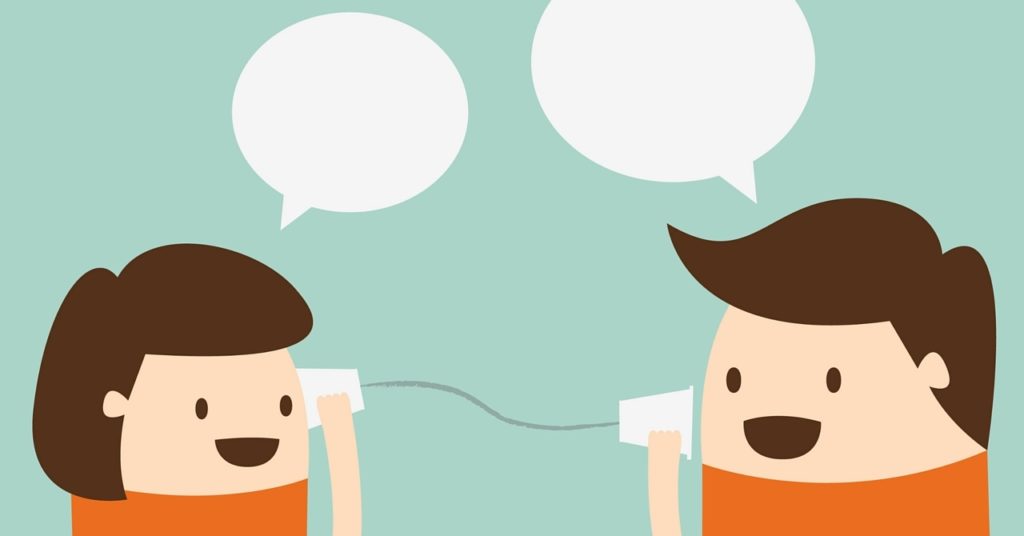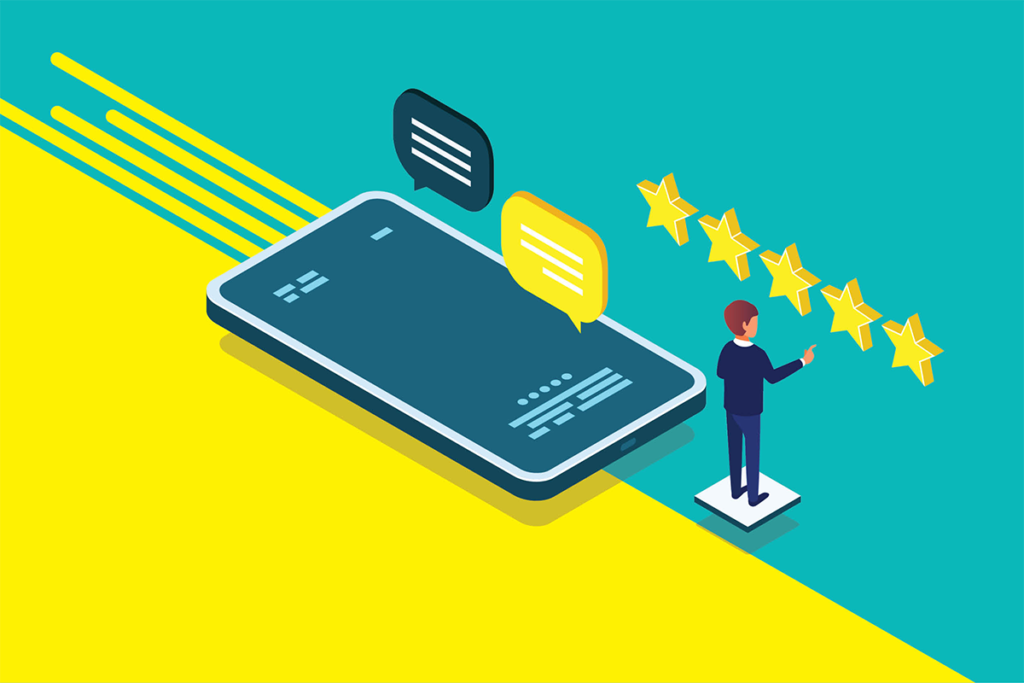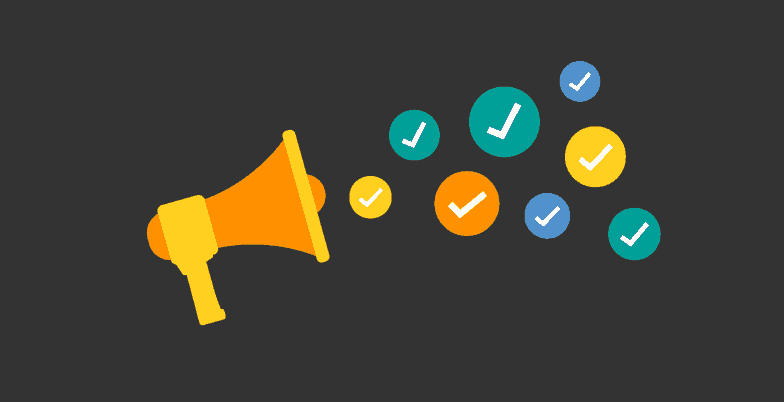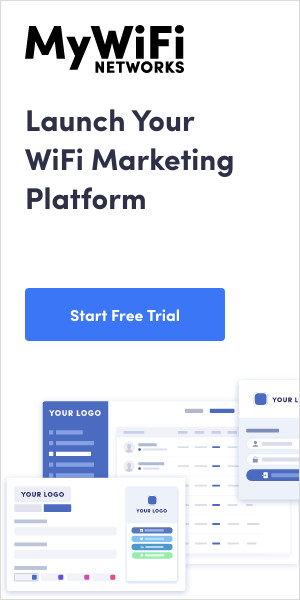Your clients’ guest WiFi networks ensure a steady stream of customer data—contact details, profile information like the name, gender, and date of birth, and presence analytics. That data plays a crucial role in loyalty campaign optimization, but what role, exactly?
WiFi data enables highly personalized marketing outreach.
This article will explain how brick-and-mortar businesses can personalize customer engagement with the help of WiFi marketing. Leading off with a brief look at customer profiling and the importance of personalizing messages, we’ll wrap up with some actionable tips on how your agency can personalize customer communications to boost campaign performance.
Start with Campaign-Based Customer Profiling
A successful marketing campaign needs effective customer communications, a requirement that calls upon marketers to precisely identify their audience.
Very few marketing campaigns have a target audience that includes everyone. Products marketed that way tend to be commodities, and we end up with enticements like “Got Milk?” and “Beef—It’s What’s for Dinner.” Not bad, but hardly what you’d call “personal.”
Your clients are trying to attract a narrower audience than everyone, and that’s a good thing. The smaller the target group, the more precisely you can characterize them.
Begin by looking at the client’s entire customer base, then determine which segment of that group is the ideal target for the campaign you’re planning. By segmenting the audience, you can pinpoint the characteristics of the “ideal customer” for the current campaign.
Campaign goals should determine your audience, and the profile of your audience should inform the creation of campaign messages. This leads us to our next topic—adding personalization in all campaign communications.

Personalize All Customer Engagement
Personalization should happen throughout the customer engagement process. Here are four ways you can create a real customer connection and boost your client’s business.
- Personalize the WiFi splash screen with the visitor’s name. If you have a customers’ name, use it on the WiFi splash screen; something along the lines of “Welcome back {first name}, here’s a loyalty discount.” A customer’s name may be in your database because they logged in via social media or the customer has provided it when filling out an opt-in form or customer profile.
- Personalize follow-up outreach. Another important place to connect with customers on a personal level is in the follow-up email, text, or social media message you send after a visit. This friendly outreach should contain a link to a landing page that maintains the same campaign objective as the message.
- Include an offer but not every time. An ABC (Always be Closing) approach might work on a used car lot, but it has no place in personalized customer outreach. Only a portion of your customer communications should be direct selling. It won’t feel “personal” if you’re constantly pitching.
- Ongoing communication should build off prior engagement. There should be no sudden shifts in the tone of your messages and they should stay focused on campaign goals. As you foster loyalty, each stage must support the chosen approach for the current campaign.
That’s some high-level advice about customer outreach, but now it’s time to get down to the nuts and bolts of personalizing customer communication.
How to Personalize Customer Communication
This section will give you four tips on how you can enhance your next campaign by personalizing customer communication.
Use Customer Data
Collected customer data is useful in analyzing the customer base and in segmenting it so you can target a specific campaign audience. It comes into play again when writing the greeting in every email you send, but there’s more to it than that.
WiFi analytics can help paint a picture of your target audience that lets you zero in on what they’re thinking and feeling, and you can’t get more personal than that!
For example, imagine a gym owner who’s asked you to target people who don’t spend much time at the gym. The list of patrons to target comes from a simple WiFi analytics metric, Dwell Time—all gym customers with a low Average Dwell Time would be included in the campaign.
In that scenario, not only does the marketer have the segmented contact list in hand, they have a window into the psychology of their target audience. The campaign’s ideal customer is an at-risk gym patron who you’re hoping will respond to influence and start spending more time at the gym. That objective calls for a series of carefully crafted messages, each advancing the idea that the recipient should add time to their exercise schedule.
Customer data has a couple of parts to play in personalizing your campaign messages. When it’s used to improve your understanding of the typical customer, it’s possible to refine the tone and content of your campaign so that it will strike a chord with the target audience.
We’ve mentioned the “tone” of your campaign a couple of times. It’s the language used, the nature of the CTAs, and the general concept behind your approach. Identifying the right tone and employing it in all campaign messages is crucial when you’re trying to form a connection with customers. That’s an idea we’ll explore further in the next section.

Strike the Right Tone
It’s important to create messages that speak to the target audience in a way they’ll respond to. The audience’s average age, gender, and other profile factors can help define the right approach to take in your communications.
Let’s look back at our hypothetical campaign targeting short-stay gym visitors. The marketer will be reaching out to male and female members, so a gender-neutral tone is needed. Knowledge of the whole customer base reveals that the members’ average age is 35 and they spend on average 2 hours per week at the gym; campaign messages can be tailored accordingly.
As that scenario illustrates, demographic data about the target audience can be helpful, but something else should have the greatest impact on the tone of your campaign messages: the primary characteristic that defines that target audience.
Returning to our example, the right tone to prompt longer gym visits includes one with a heavy dose of empathy and encouragement. Every gym patron on the receiving end of the campaign, regardless of other profile characteristics, will need to see just the right motivational messages if they’re going to start extending their workouts.
Tell a Story
One way to personalize your customer communications is to tap into how the customer feels about the product or service. Why do they want/need it? What problem does it solve? What is it like to consume the product or service?
There may be answers to those questions that are common to the entire customer base and some that would be expected only from a certain segment.
In campaign messages, there’s a way to get specific about the presumed relationship between the target group and the client’s business. It involves telling a story. Your message can include a short tale with a happy ending—a customer, who happens to have the characteristics of the ideal campaign target, makes the short trip from wanting to having whatever you’re promoting. Subconsciously, the reader will put themselves in the story, and, hopefully, respond the way you want them to.
Capitalize on Calendar-Based Opportunities
Acknowledging each customer’s birthday with a special offer is a great chance to create a personal connection, but that’s just one example of how opportunities to personalize marketing outreach are linked to the calendar.
Use what you know about how people celebrate holidays and events to tap into what’s happening in the lives of your target audience. Whatever your client’s business, there are typically ways to capitalize on the happy mood that surrounds holidays like Christmas and Easter, to leverage segmentation opportunities around Mother’s Day and Father’s Day, and to connect your marketing messages to annual cycles like summer vacation and graduation season.

Personalize Customer Outreach for Better Campaign Performance
WiFi data provides detailed information about your client’s whole customer base and about individual customers. That enables highly personalized marketing outreach. Agencies have found countless ways how collected customer data can help them refine how they engage customers.
If the idea of personalizing customer communications sounds time-consuming, think again.
For audience research and segmentation, there’s no need to manually wade through the customer database, and you won’t have to cut and paste customers’ first names into email messages. When WiFi-collected customer data is integrated into a client’s CRM platform or a 3rd-party app, analysis of the customer base is easy, and template-based messages can help make automatically generated communications seem personalized.
In this article, we’ve looked at several ways you can help your brick-and-mortar clients by personalizing customer engagement. We hope it’s given you some ideas about how your agency can maximize the effectiveness of your next loyalty campaign with highly personalized customer outreach.


